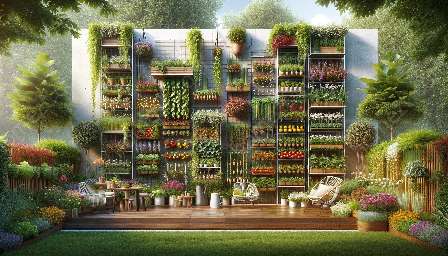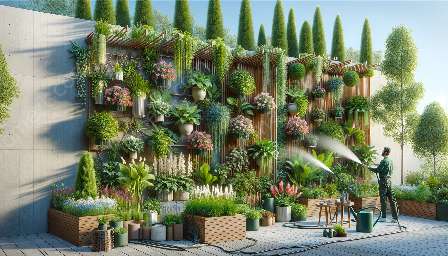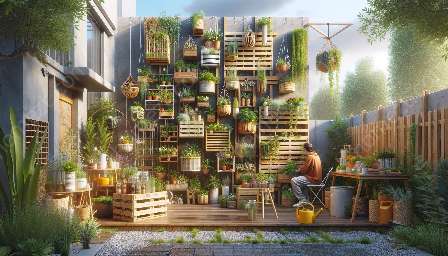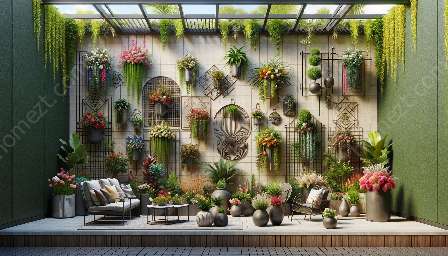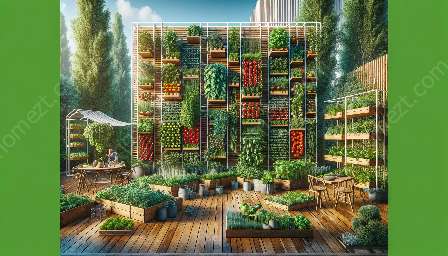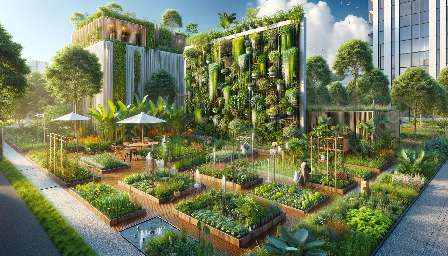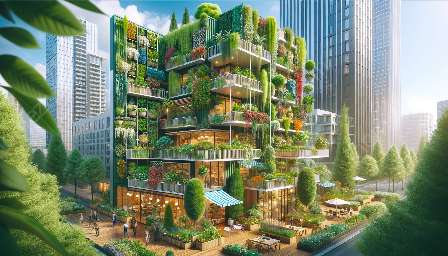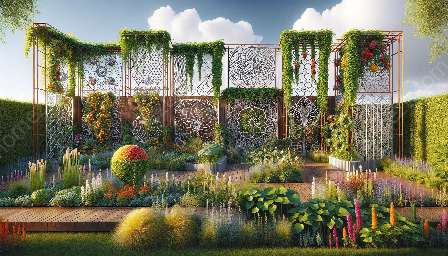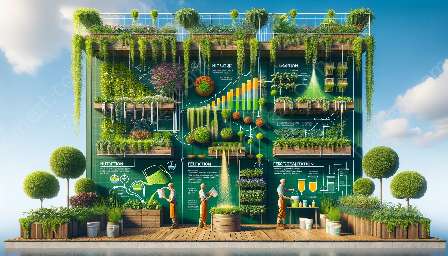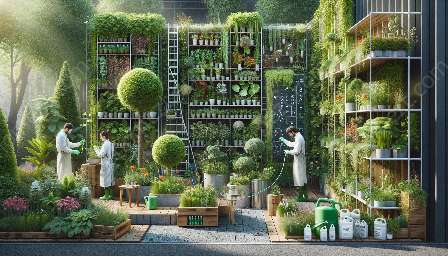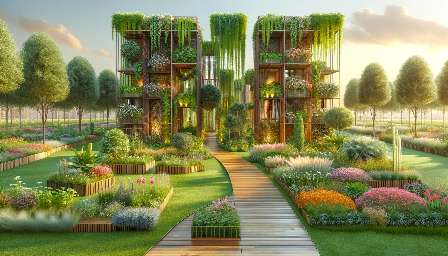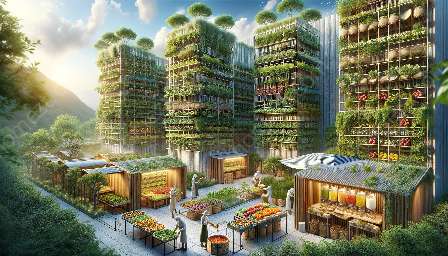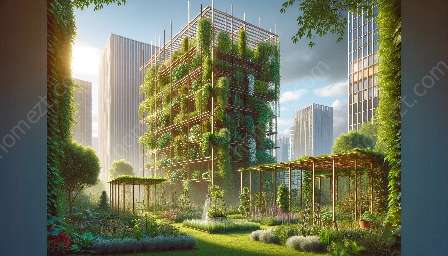Vertical gardening has emerged as a promising solution for individuals facing limited mobility or accessibility challenges, offering a range of benefits for those with physical limitations. This innovative gardening method involves growing plants vertically, using trellises, supports, and other structures to create a lush garden without the need to bend, stoop, or engage in strenuous physical activities.
The Benefits of Vertical Gardening for Limited Mobility and Accessibility
For individuals with limited mobility or accessibility challenges, traditional gardening methods can be daunting and impractical. The physical demands of bending, kneeling, and reaching can pose significant barriers to enjoying the pleasures of gardening. Vertical gardening provides a practical alternative, allowing individuals to cultivate a vibrant and productive garden without the need to navigate uneven terrain or cope with physical exertion.
One of the key advantages of vertical gardening is its space-saving nature. By utilizing trellises and vertical structures, individuals can maximize their gardening area, making the most of limited space while avoiding the need to navigate cumbersome raised beds or sprawling garden plots. This is particularly advantageous for individuals with limited mobility or accessibility issues, as it allows them to bring the joys of gardening within easy reach, whether in a small outdoor space or even indoors.
Moreover, vertical gardening can be tailored to accommodate specific accessibility needs. By adjusting the height and layout of the garden, individuals can customize their vertical gardening setup to suit their unique requirements, ensuring that they can comfortably tend to their plants without undue physical strain.
Creating a Vertical Garden: Techniques and Considerations
For those with limited mobility or accessibility challenges, creating a vertical garden requires careful consideration of design and accessibility factors. When planning a vertical gardening setup, it's essential to prioritize ease of access and maintenance, ensuring that individuals can tend to their plants with minimal physical strain.
One popular approach to vertical gardening is the use of trellises, which provide sturdy support for climbing plants such as vines, tomatoes, and various ornamentals. By installing trellises in a suitable location, individuals can cultivate a thriving garden that is both visually striking and accessible for maintenance and harvesting.
Additionally, incorporating raised containers or hanging planters can further facilitate accessibility, allowing individuals to bring their garden to a comfortable working height. These containers can be positioned at varying levels, enabling individuals to tend to their plants without bending or stretching, and providing a visually dynamic and aesthetically pleasing garden display.
When selecting plants for a vertical garden, it's important to choose varieties that are well-suited to vertical growth and are relatively low-maintenance. Climbing vegetables, such as cucumbers and pole beans, are excellent choices for vertical gardening, as they can thrive in confined spaces and offer a bountiful harvest without requiring excessive physical labor.
The Role of Technology in Enhancing Vertical Gardening Accessibility
Advancements in technology have further expanded the accessibility of vertical gardening for individuals with limited mobility. Automated watering systems, adjustable trellises, and specialized tools are just a few examples of how technology can streamline the gardening experience, making it more manageable for those with physical limitations.
For instance, automated irrigation systems can ensure that plants receive consistent hydration without the need for manual watering, reducing the physical strain associated with traditional watering methods. Adjustable trellises and plant supports offer flexibility in adapting the garden layout to accommodate changing accessibility needs, providing a convenient and adaptable gardening solution.
Conclusion
Vertical gardening, with its focus on space efficiency and accessibility, presents an attractive and realistic solution for individuals with limited mobility or accessibility challenges. By harnessing the versatility of trellises and vertical structures, individuals can overcome physical barriers and cultivate thriving gardens that are both visually captivating and easily manageable. With careful planning, suitable plant selection, and the integration of technology, vertical gardening offers an inclusive and empowering way for individuals to engage in the joys of gardening, regardless of physical limitations.

